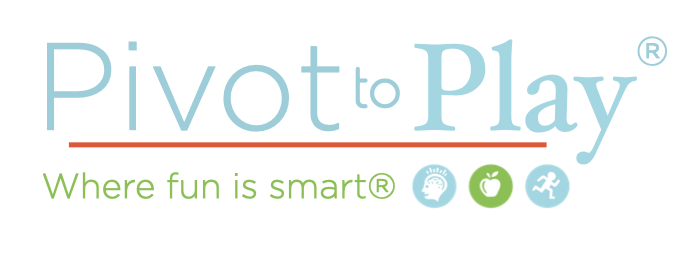Topic 6: What is Happening in the Brain When We Move Aerobically?
We tend to think of the brain and the body as two systems operating independently of each other. But that is far from the case. As discussed earlier, the cerebellum directs our movement and integrates is so that we can learn a new skill. Keep in mind, when we move, we have lot of decisions to make: where we are moving, how we are moving, how fast we are going to get there, which direction we will go to get there. Our brains actually predict movement before it takes place so that our brains can control our bodies and how they move more effectively.
If you consider that so much of what we do is actually physical, like driving, writing, typing, walking and even shopping, then it makes sense that a large amount of information must go through this movement center of the brain: the cerebellum, before it can be integrated and stored.
As Dr. Wendy Suzuki, professor of Neural Science and Psychology at NYU points out, the first effect of aerobic activity is a boost in mood because of the release of dopamine, serotonin and norepinephrine, all neurotransmitters that immediately improve our mood.
The second effect is that a burst of aerobic movement sharpens our focus and improves reaction time.
Ultimately, the first two effects of aerobic activity on the brain are temporary, fading after exercise stops. The real long term changes happen with regular, aerobic-based movement practiced over a long period of time. This is what causes a change to the brain’s anatomy and structure.
So, sustained, regular aerobic activity produces new brain cells in the hippocampus, improving long term memory and in the prefrontal cortex improving attention and problem solving.
Kids are born to move. They are wired to move because biology is telling them this is what they need to do to build their brains for success. They are designed to love movement because they are meant to learn how to use their bodies. They are designed to love movement so they can build the strengths they need to play on the playground and drive the physical literacy feedback loop. They are designed to move so they can build the skills they need to be academically successful. In our next lesson, we will see how this is even more involved than just aerobic movement!
